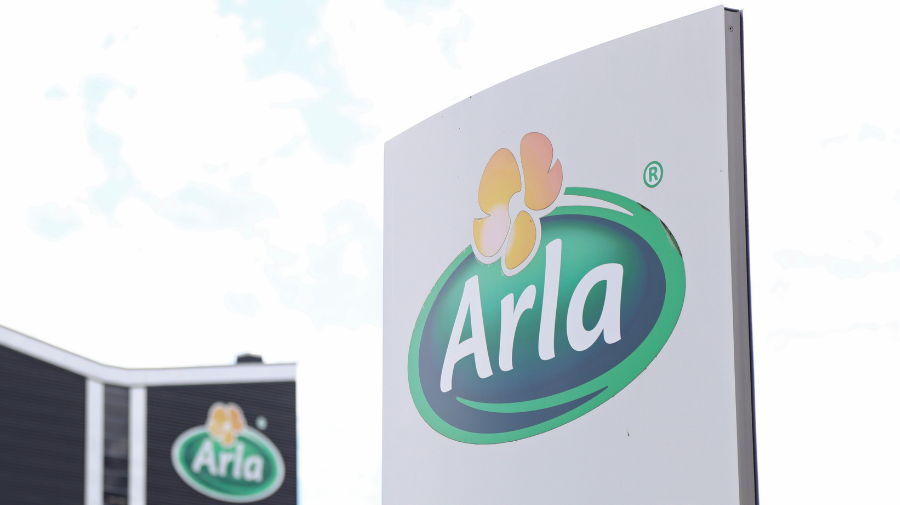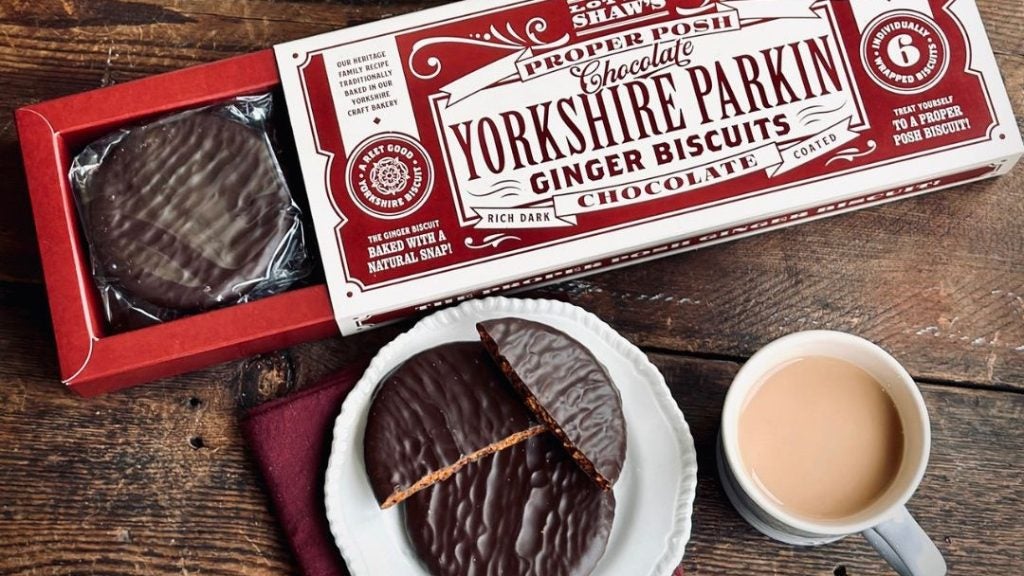Norwegian conglomerate Orkla has decided to focus on its consumer goods business and is selling off non-core assets that span sectors from energy to finance. The company hopes this new-found clarity will enable it to bring vibrancy to its leading regional food brands. In part one of the just-food interview, Katy Askew spoke to chief executive Age Korsvold to find out more about the strategy.
2011 marked a turning point for Orkla. It was the year the aluminium-to-hydro power conglomerate decided to bring focus to its business by slimming down and concentrating on improving the performance of its consumer goods brands.
Since then, Orkla has made slow but steady process shedding non-core assets. It has started the staggered exit of its aluminium business by establishing joint venture operation Sapa, completed a sale of the Renewable Energy Corporation and spun off biorefinery Borregaard through an IPO.
By 2016 the group intends to have withdrawn from all remaining non-core activities, Orkla CEO Age Korsvold tells just-food during an interview in London. “The timetable for the exit of the Sapa JV is three years and inside that time frame we expect to exit everything else,” Korsvold explains.
Speaking at the group’s investor day in the UK capital, Korsvold suggests the decision to concentrate on the FMCG side of the business was borne by the assessment that, while the firm holds leading regional consumer-facing brands, it is in fact an “under-performing operation”.
See Also:
“The consumer goods business had not grown the top line since 2006. The EBIT was levelling off. Analysis told us clearly that we were under-performing in spite of the fact that we have great brands… We needed to focus and be extremely good at what we do best.”
How well do you really know your competitors?
Access the most comprehensive Company Profiles on the market, powered by GlobalData. Save hours of research. Gain competitive edge.

Thank you!
Your download email will arrive shortly
Not ready to buy yet? Download a free sample
We are confident about the unique quality of our Company Profiles. However, we want you to make the most beneficial decision for your business, so we offer a free sample that you can download by submitting the below form
By GlobalDataWhile Orkla has been busy selling off non-core businesses on the one hand, on the other, it has also embarked on an ambitious reorganisation programme within its consumer goods units.
Since 2011, Korsvold has overseen the development of a new vision and strategy, the introduction of unified branding and the formation of a new structure and management team. The company, the largest branded consumer goods business in the Nordic region, has divided its business into five units: foods; confectionery and snacks; home and personal care; ingredients; and international.
The company also deployed some of its capital to complete the acquisition of Norway-based food group Rieber & Son. Through the deal, Orkla significantly beefed up its presence in the Nordic region, Korsvold explains.
“Rieber gave us a much broader technical platform and fills out the positions that [we] already had. We are in the process of creating a much stronger food company across the Nordics. In Denmark, we are twice as big, in Sweden we get another category and in Norway we get a much stronger company.”
Key to Orkla’s strategy is its regional focus. Orkla defines its primary markets as Norway, Sweden, Denmark and Finland. Setting out the investment rationale to the market, Korsvold insists the countries are “attractive core markets”, with an affluent consumer and higher GDP growth rate than the European average.
According to IMF projections, European GDP is expected to contract by 0.3% in 2013, while the Nordics are expected to witness growth ranging from 0.5-2.5%.
Nordic consumers also spend more money on food than the average European. For instance, in Norway consumers spend on average EUR587 a month on food products, compared to the European average of EUR328.
“We are in an attractive part of the world. It is politically stable, the economy is relatively strong, the consumer is affluent,” Korsvold says. “It is not an area where you will have phenomenal growth – at the macro level you will have modest growth rates. However… we can in categories grow significantly more than the economy at large.”
The company believes, through its strong local brands, knowledge of local consumers and local scale it can fend off growing competition from both private-label and multinational food manufacturers.
“Our business model is to stick to the Nordics, understand those markets better than anyone else and then be the local champion. There will be private label, there will be multinational competition, and in between those two main competitors there is ample space for the well-founded competitive local provider,” Korsvold insists.
According to data from AC Nielsen, private-label sales are growing across the main markets in which Orkla operates – Norway, Sweden, Denmark and Finland. Penetration ranges from remains 13% in Norway to 24% in Denmark, around 10% below the 2012 European average of 33%.
Korsvold says private label growth has been “relatively modest” in the Nordics. “Private label is more a threat to the number two, three and four brands. That is why it is so critically important for Orkla to control the number one brand,” he adds.
Orkla benefits from strong branded positions in categories as diverse as condiments, confectionery, biscuits and frozen pizza. Its Felix ketchup brand holds a 78% market share in Norway, a 55% share in Sweden, a 43% share in Denmark and a 40% share in Finland. Ballerina biscuits hold a 51% market share in Norway and 38% in Sweden. The Grandiosa brand accounts for 79% of frozen pizza sales in Norway, 35% in Sweden and 33% in Finland. The list goes on.
However, as multinational branded companies step up activity in the region, competition for the top spot – and the protection this affords from private label competition – will “absolutely” intensify, Korsvold tells just-food.
“That is why we focus and put more resources behind our number one brands. That is a global trend,” he suggests. “We think that, given our size and our focus, we put much more resource into understanding the local environment than the multinationals. The multinationals, they are rational, the capital allocation is defined by their size. This is a sustainable position and one which is very, very difficult to catch up with. But of course you have to get up in the morning and defend that. And the best defence is to be aggressive and ambitious.”
As Orkla focuses in on its biggest brands in its priority markets, the group has started a process to overhaul and strategically evaluate its international operations in eastern Europe and Russia. Korsvold tells just-food in these market the company lacks “critical mass” and is “considering” the possibility of exiting.
“We will not continue with the current structures. Either we will make acquisitions and grow and become larger or we should exit. The current structures are not sustainable,” he reveals.
Meanwhile, Orkla is happy to leave its business in India bubbling – but very much on the back burner. “India, for the time being it grows, we reinvest the profits, but there are certainly other things on the agenda. India is not really something we are focusing on. But as long as it grows, as long as you create value, it is fine. But we are not making big investments in India.”
Through its increased focus on fewer, bigger brands in select markets, Orkla intends to regain positive top-line momentum by raising the level of organic growth it generates. Korsvold says achieving that will be a “gradual process”, adding “it will be 2016 before we are where we want to be”.
Given Orkla holds leading market shares in low-growth markets and categories, the company has set out an ambitious growth agenda.
“We are talking different growth rates for different categories, but generally 2-4%,” Korsvold says. “Implicit in our ambition is an ambition to grow market share. Not much, but have a little bit of market share growth.”
Click here for part two of just-food’s interview with Korsvold, which details how Orkla plans to boost the performance of its consumer goods business.







